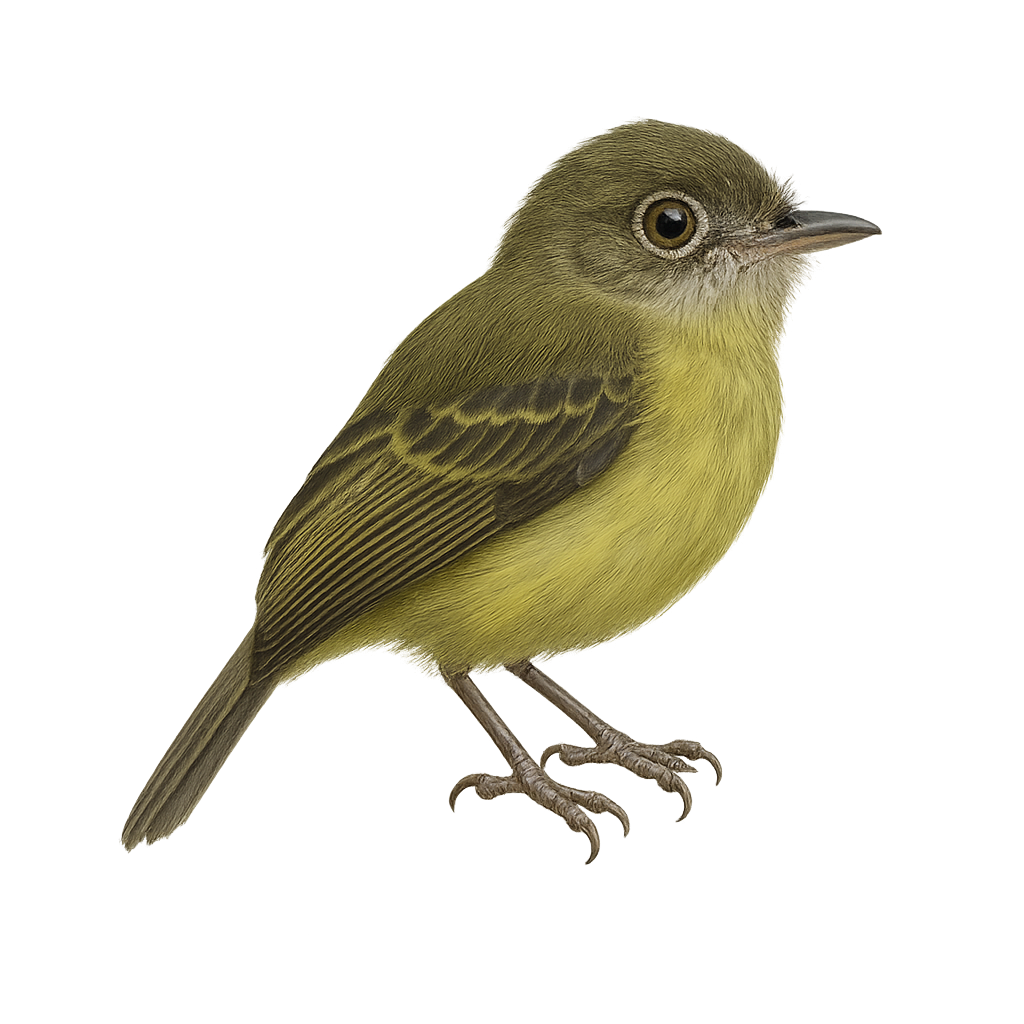Your wildlife photography guide.
Explore the johannes's tody-tyrant in detail, study its behavior, prepare your shots.
Where to observe and photograph the johannes's tody-tyrant in the wild
Learn where and when to spot the johannes's tody-tyrant in the wild, how to identify the species based on distinctive features, and what natural environments it inhabits. The WildlifePhotographer app offers tailored photography tips that reflect the johannes's tody-tyrant’s behavior, helping you capture better wildlife images. Explore the full species profile for key information including description, habitat, active periods, and approach techniques.
Johannes's Tody-Tyrant
Scientific name: Hemitriccus iohannis

IUCN Status: Least Concern
Family: TYRANNIDAE
Group: Birds
Sensitivity to human approach: Suspicious
Minimum approach distance: 5 m
Courtship display: September to October
Incubation: 16-18 jours
Hatchings: October to November
Habitat:
Humid forests, subtropical forests, tropical forests
Activity period :
Primarily active during the day, with peak activity in the morning and late afternoon.
Identification and description:
The Johannes's Tody-Tyrant is a small passerine bird belonging to the Tyrannidae family. It is primarily found in the tropical and subtropical moist forests of South America, particularly in Brazil, Colombia, and Peru. This bird is characterized by its olive-green plumage on the back and pale yellow on the belly, with a gray head and a short, flattened bill. It is often seen actively moving through the lower branches of trees, searching for insects and spiders, which make up the bulk of its diet. The Johannes's Tody-Tyrant is a discreet bird, with a soft, repetitive trill as its song. It plays an important role in the ecosystem by controlling insect populations.
Recommended lens:
400 mm – adjust based on distance, desired framing (portrait or habitat), and approach conditions.
Photography tips:
To photograph the Johannes's Tody-Tyrant, it is recommended to use a telephoto lens of at least 400mm to capture detailed images without disturbing the bird. Look for it in humid forests where it is active during the day. Be patient and discreet, as this bird is suspicious. Favor early morning hours to benefit from soft, natural light. Use a tripod to stabilize your camera and achieve sharp images.
The WildlifePhotographer App is coming soon!
Be the first to explore the best nature spots, track rutting seasons, log your observations, and observe more wildlife.
Already 1 430 wildlife lovers subscribed worldwide

